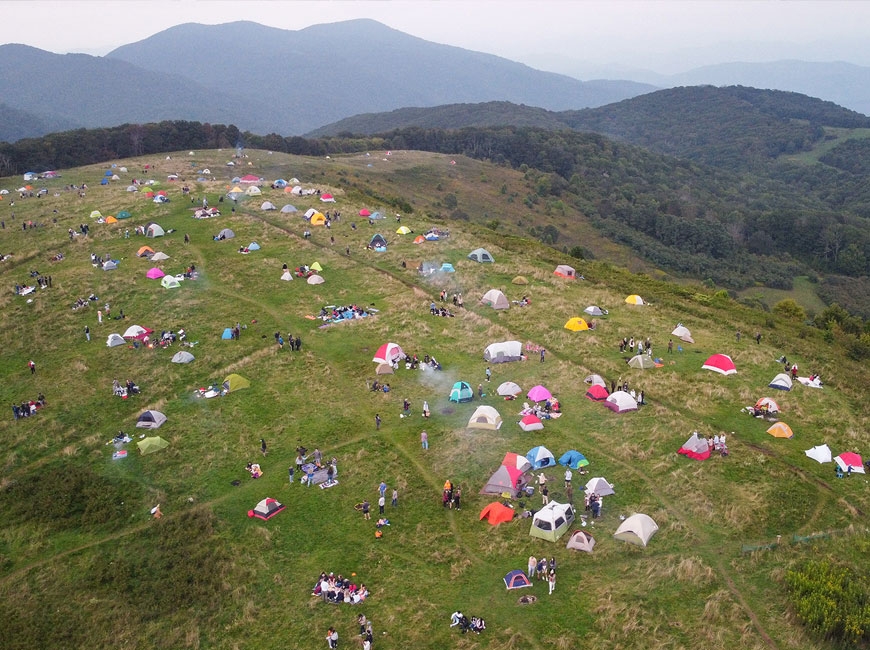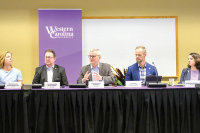How many visitors are too many?

The Smokies region is an outdoor mecca that attracts millions of people each year. For better or worse, that onslaught of visitors is increasing and likely to continue doing so.
The National Park Service has recently released visitation numbers for 2020, and they verify what many of us thought was true from our anecdotal observations: people flocked here during the pandemic. The Blue Ridge Parkway was again the most-visited park unit in the country, topping out at over about 14.1 million. Yes, not all of those were in this region, but anyone who drives the 469-mile Parkway knows it has been busy despite the closures associated with the pandemic and the weather.
The Great Smoky Mountains National Park had more than 12 million visitors in 2020. According to a press release from the Smokies, the near-record visitation occurred despite 46 days of closure due to the pandemic. And those visitors weren’t just driving through. Front-country camping was up 33 percent from September to December compared with 2019 and backcountry camping permits jumped 47 percent from June through December.
We who live here were eyewitnesses to this surge in visitors while metropolitan areas were shut down. People came to get outside, to find some sense of normalcy amid the strange year that was 2020. Every county in the region had record hotel/motel occupancy for many months in 2020. Those visitors dropped money while here, which led to sales tax revenue hikes that are going to be a boon for our local governments as we head into budget season. Those tourists also provided accommodation owners and tourism development authorities with even more money to continue marketing this region to the masses.
But the outdoors isn’t the only reason people come here. As we all know, the food and beverage scene in this region is one of the best in the country, and the word is out. After early struggles during the pandemic, it seems most breweries and restaurants have figured out how to survive and even thrive as we ever-so-slowly head toward normalcy.
The downside of all this? Well, the GSMNP has a backlog of maintenance needs totaling around $230 million. Trails, campsites, roads and other amenities are in serious need of repair, and the Blue Ridge Parkway has some of the same maintenance concerns. Many of us recall with shock what happened on Max Patch in the Pisgah National Forest in September 2020 when it was overloaded with campers, many who shamelessly left trash and other waste on top of the scenic bald. The phrase “love it to death” comes to mind.
Related Items
Over in Buncombe County and Asheville, many are complaining about too many tourists. There is a movement to use some of the money now going toward marketing to improve the lives of those who live here. That money, advocates say, could build greenways, ballfields, and other amenities that improve the lives of the locals and that are often too expensive for local governments to fund. That idea has promise, and it’s my guess that the room tax legislation will be re-written happens at some point in the near future. That could also happen in counties further west.
It’s a razor’s edge we’re walking, it seems: we need tourists in our region for this economy to work, but how many and how do we know when we’ve reached the tipping point? I don’t know the answer, but it’s pretty certain that the pent-up desire to travel from the pandemic is going to lead to a staggering number of visitors as we head into spring and summer.
(Scott McLeod can be reached at This email address is being protected from spambots. You need JavaScript enabled to view it.)









